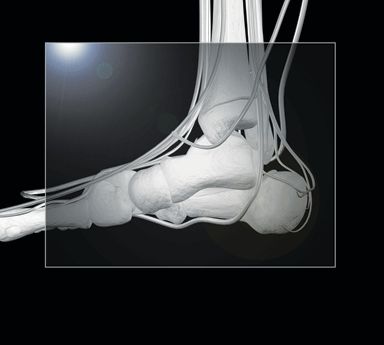


Archive
Advertisers Index
Products & Services
Job Opportunities
Media Kit - PDF
HTAA Sign-up!
Online Classifieds
Receive extra copies!
Driver HEALTH
800-878-0311 x2111
Features
On the road to health
John Kelly, M.D.
Marie Rodriguez
Eating write – keeping a food journal
Healthy Trucking
Treat me like a dog, why don’t yaFun & Games
A trucker's breakfast…
Health Tips
A pain in the wallet
Ankle sprain
Joseph Yao, M.D.
Driver Profile
Driving on the edgeHighway Angels
Small act of kindness makes big
Departments
Publisher's Desk
'Ice Road Trucker' back on his feet
Roadside Dietitian
8 ways to start losing weight today!
Industry News
It's News to Me!
Murphy's World
Oops! Out go the lights
Driven Women
Stupid questions
Best Life
Preventing pre-diabetes and diabetes
Joseph Yao, M.D.
 Sprains are a stretching injury to ligaments. Ligaments are structures that connect bones together, preventing excessive movement between the bones. More severe sprains cause ligaments to be stretched or even torn in half, resulting in greater than normal movement between bones. This is called instability, or an unstable joint.
Sprains are a stretching injury to ligaments. Ligaments are structures that connect bones together, preventing excessive movement between the bones. More severe sprains cause ligaments to be stretched or even torn in half, resulting in greater than normal movement between bones. This is called instability, or an unstable joint.
Ankle sprains are one of the most common orthopedic injuries. They are typically caused by an inversion injury where the foot turns inwards toward the opposite foot. Inversion injuries stretch the ligaments on the outside of the ankle resulting in lateral ankle ligament sprains. That is why most ankle sprains are associated with pain on the outside of the ankle. Medial ankle sprains involving the ligaments on the inside of the ankle are relatively uncommon.
Ankle sprains often occur by stepping into a hole in the ground. Truck drivers can sustain an ankle sprain when getting out of their cab, climbing down from a trailer or tripping over a parking block. An ankle sprain presents with pain followed by swelling and often bruising and limited ankle motion. A pop is sometimes heard or felt at the time of injury.
Initial treatment of an ankle sprain includes ice to the ankle and elevation of the ankle above heart level to help reduce pain and swelling. An elastic bandage can be lightly applied around the ankle to aid with control of the swelling. Crutches or a walker can be used to avoid walking on the injured ankle, especially if there is a lot of pain. X-rays can be done to look for a fracture. It is often difficult to distinguish between sprain and fracture without x-rays.
Assuming there is no fracture, it is helpful to begin moving the ankle up/down and side-to-side as soon as possible to minimize stiffness. A short leg walker brace (similar to a removable cast) can be worn when pain is more severe. A lace-up ankle brace with rigid supports or an air-stirrup type ankle brace can be worn when pain is less severe. These braces can be continued even after healing of the sprain in order to reduce the chance of another injury.
Strengthening exercises should be started as soon as the initial pain subsides. An elastic cord or band can be anchored to an immobile object. The foot is then exercised by pulling up/down and side-to-side against the resistance provided by the elastic material. Strengthening should particularly focus on the muscles on the outside of the lower leg (peroneal muscles) in the case of the typical lateral ankle ligament sprain.
Most ankle sprains heal well within days and up to six weeks, depending on the severity of the injury. There is also a risk of recurrent ankle sprains. The best preventive measures are ankle strengthening exercises and ankle bracing. Some people may experience pain with over-activity or weather change. Surgery is rarely needed for the treatment of even severe ankle sprain injuries.
Qwi Gloves by Etsuko, LLC
To help prevent and treat hand pain and numbness
QwiGloves.com
© Copyright,
Ramp Media Group, 2010